I've been brewing for 20 years on and off now (mostly all-grain). I've been using a simple propane fired gravity system with a cooler mash tun and brewed many good beers but I set out to build a better system. My goal was to build a system that would have much more precise control and something that I could operate by myself. I decided that I liked the HERMS idea more than a RIMS and after much research I decided to go all electric.
Now, I'm no electrician so initially I decided that I would buy a ready-built controller but after doing tons of research on the forums and sites like ebrewsupply.com and theelectricbrewery.com I came to believe that I could build a controller myself. I liked different ideas from all the systems I saw and wanted to incorporate those ideas into my own design. P-J's wiring diagrams were also a HUGE inspiration to me. Thanks go to P-J and Kal and all the others for all your contributions to the brewing community .
.
As for the system, I wanted a 50A two element back-to-back set up. My plan is to use a 30 gal stainless drum for my HLT and modified keggles for MLT and BK. I will be using 2 stainless head center inlet Chugger Pumps to move things around. As for the controller I am using 3 SYL-2352 PID's and a JSL-73B multi-event timer from Auber Instruments. I also liked Kals use of volt/amp meters, but found one in another build thread that matched the PID displays, was very simple to wire, and was lless than $10 shipped! I'm very happy with it and you can find it HERE.
As of this moment, the controller is basically done although I have decided to add a float switch to the HLT circuit that should be here next week. I have done what little testing of the controller that I can (can't test my elements untill I get the TC ferrules welded into my pots) and everything seems perfect thus far. My elements are ready (I used the 2" Tri-Clover mounted elemnt guard kits from StillDragon and love them thus far). I have sourced at least 95% of the parts for the build but have not done much of the modifications to the pots yet (still waiting on some parts to arrive).
Thanks again to all of you who contribute your knowledge and experience on these forums and to HomeBrewTalk too! without all of you, this and many other builds would never happen .
.
Here are some pics of the build up to this point, I will add more pics as I go along.
Mock-up of the controller

Inside door ready for touch up paint

All parts mounted

Inside Door

Inside Back

Now, I'm no electrician so initially I decided that I would buy a ready-built controller but after doing tons of research on the forums and sites like ebrewsupply.com and theelectricbrewery.com I came to believe that I could build a controller myself. I liked different ideas from all the systems I saw and wanted to incorporate those ideas into my own design. P-J's wiring diagrams were also a HUGE inspiration to me. Thanks go to P-J and Kal and all the others for all your contributions to the brewing community
 .
.As for the system, I wanted a 50A two element back-to-back set up. My plan is to use a 30 gal stainless drum for my HLT and modified keggles for MLT and BK. I will be using 2 stainless head center inlet Chugger Pumps to move things around. As for the controller I am using 3 SYL-2352 PID's and a JSL-73B multi-event timer from Auber Instruments. I also liked Kals use of volt/amp meters, but found one in another build thread that matched the PID displays, was very simple to wire, and was lless than $10 shipped! I'm very happy with it and you can find it HERE.
As of this moment, the controller is basically done although I have decided to add a float switch to the HLT circuit that should be here next week. I have done what little testing of the controller that I can (can't test my elements untill I get the TC ferrules welded into my pots) and everything seems perfect thus far. My elements are ready (I used the 2" Tri-Clover mounted elemnt guard kits from StillDragon and love them thus far). I have sourced at least 95% of the parts for the build but have not done much of the modifications to the pots yet (still waiting on some parts to arrive).
Thanks again to all of you who contribute your knowledge and experience on these forums and to HomeBrewTalk too! without all of you, this and many other builds would never happen
 .
.Here are some pics of the build up to this point, I will add more pics as I go along.
Mock-up of the controller

Inside door ready for touch up paint

All parts mounted

Inside Door

Inside Back










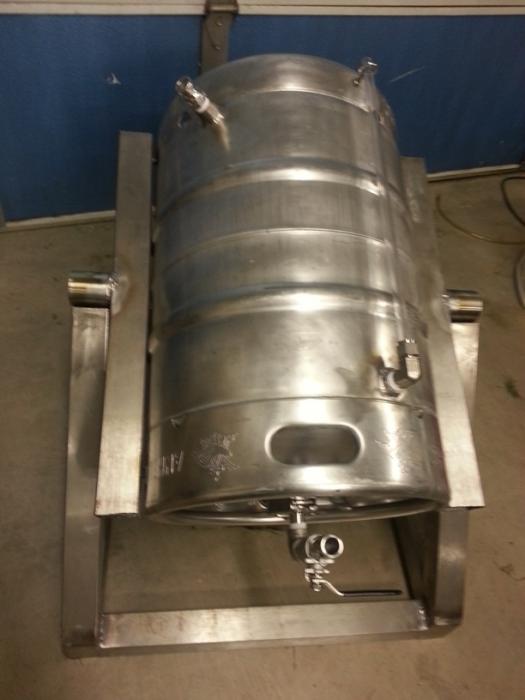

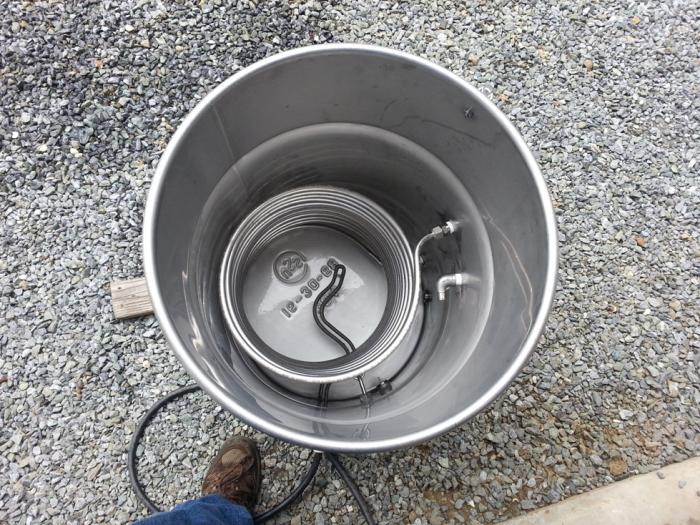
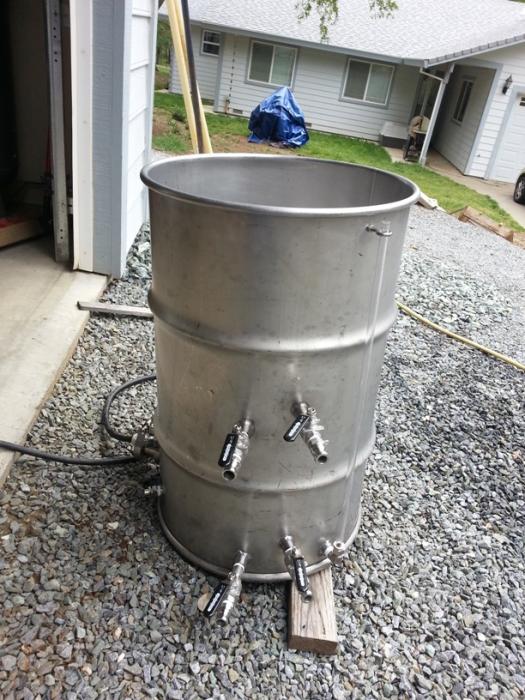
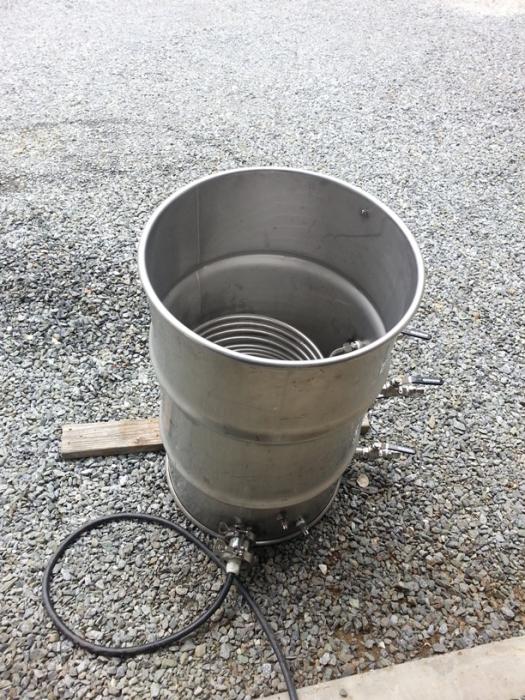

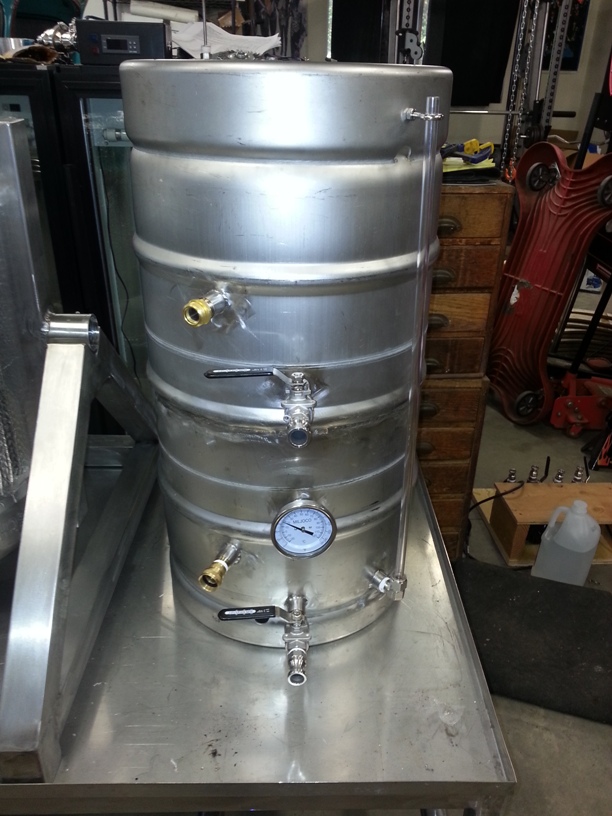
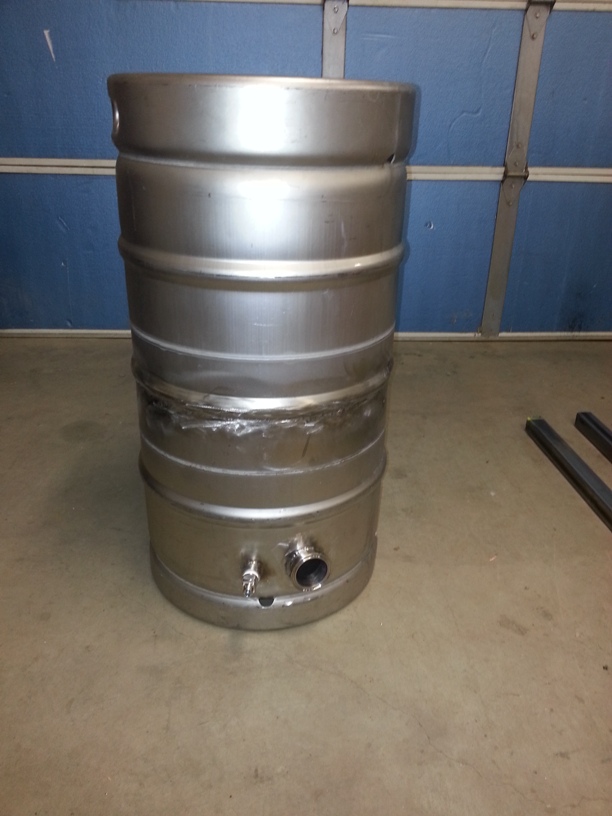

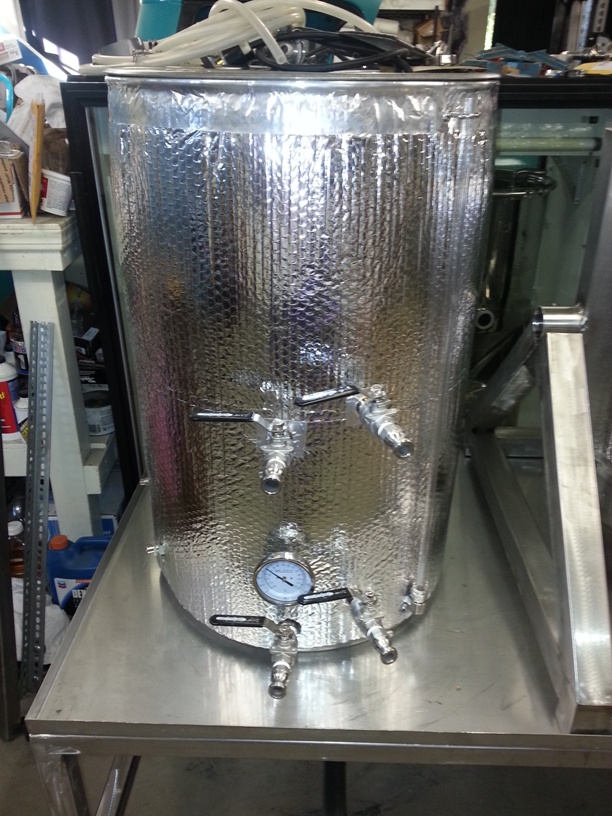




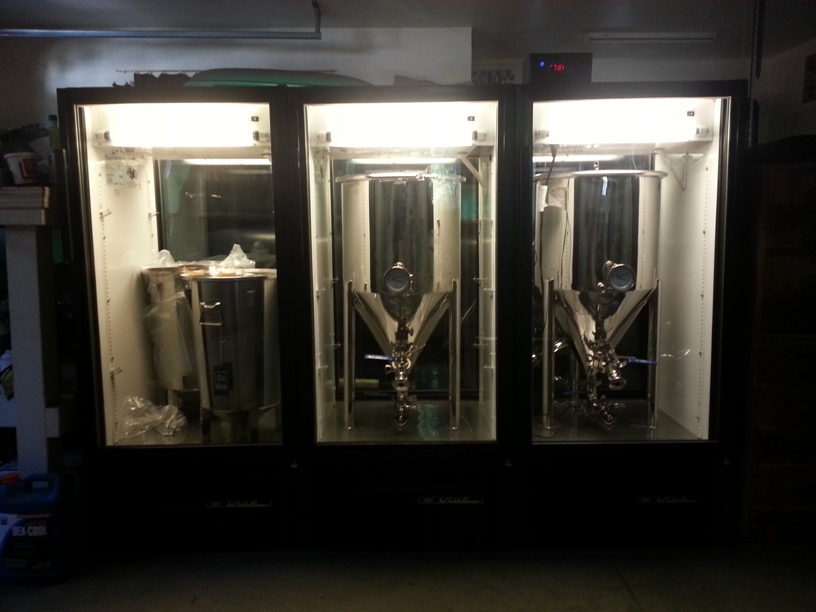



















 There was rain in the forecast soon, so I decided to get it out of the way and let the weather test it for me. The install went well and happy to report no signs of leaking!
There was rain in the forecast soon, so I decided to get it out of the way and let the weather test it for me. The install went well and happy to report no signs of leaking!












